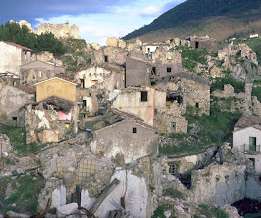Book Review: Constructing Risk
Recovery Diva
NOVEMBER 22, 2021
These statements document incremental progress to recognizing the principal message and caution of this book, that our development practices—the ways we build on the land—too often resulting in increasing risk of disaster, when they could and should be doing the opposite, reducing risk to natural disaster, climate change and sea level rise.











Let's personalize your content